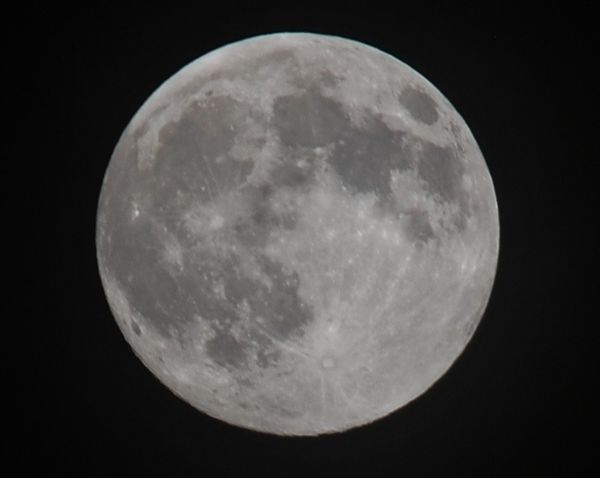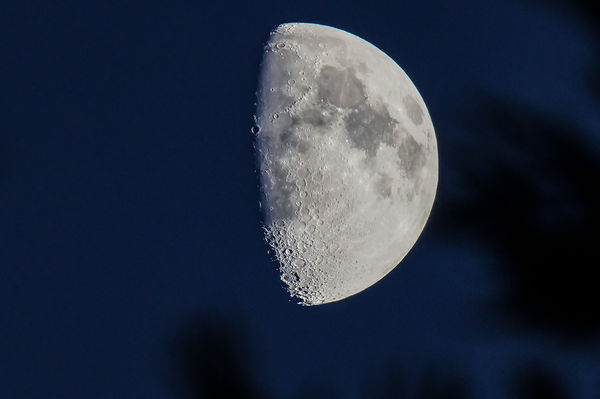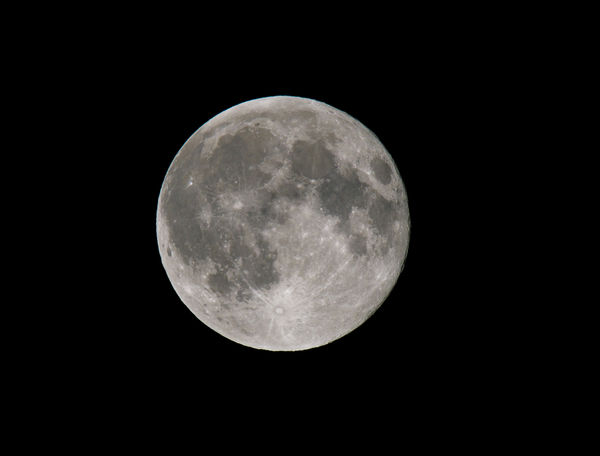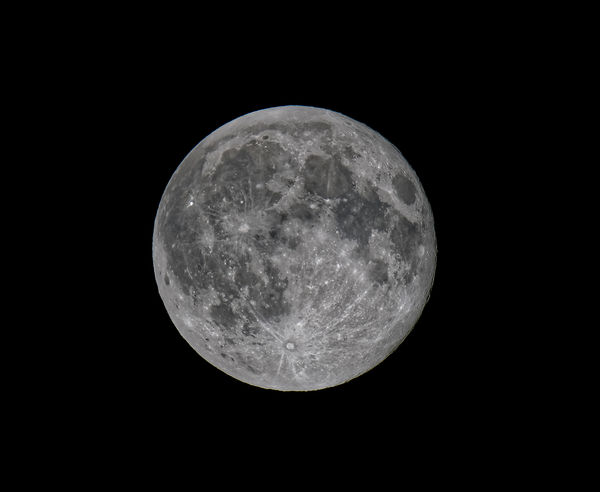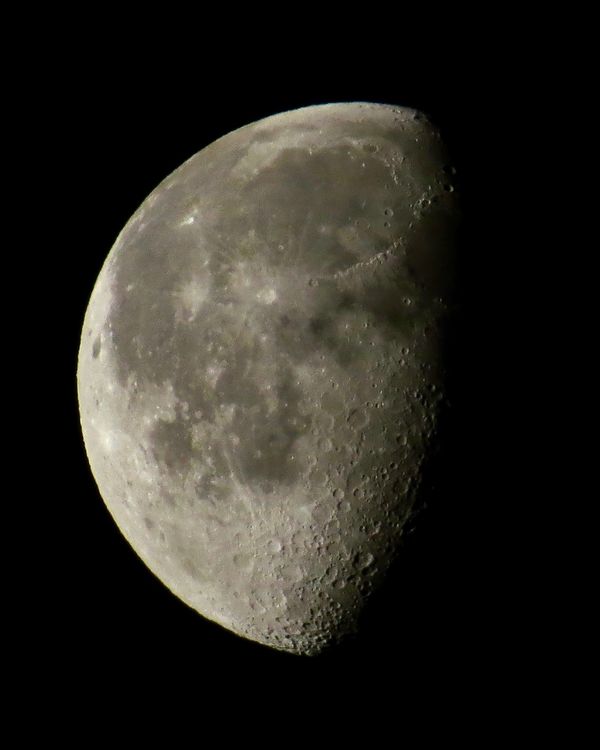Photographing the moon
Jun 27, 2018 20:21:58 #
I understand photographing the moon is similar to that of photographing the sun. Last night I tried photographing the moon but found sometimes I had great detail of the moon but limited of the clouds, other times the clouds were more prominent. with no definition of the moon. and other times simply a ball of fire with no definition of either the moon or the clouds. any suggestions for shutter, aperture, ISO exposure, etc. I shoot Nikon D500, i was using a Tamron 150 to 600 st 600 mm, I realize not a very fast lens. I tried aperture from 6.3 to 40. Shutter speeds from two seconds to .200. And ISO max of 2000. But as low as 100. And yes I was using a tripod with a handheld shutter release.
Jun 27, 2018 20:27:10 #
Not to sure what you’re after, but here’s a place to start: iso 100, aperture f10, shutter at 1/125. Then experiment with shutter speed. I use a tripod.
Good luck! 👍
Good luck! 👍
Jun 27, 2018 20:29:55 #
BassmanBruce wrote:
Not to sure what you’re after, but here’s a place to start: iso 100, aperture f10, shutter at 1/125. Then experiment with shutter speed. I use a tripod.
Good luck! 👍
Good luck! 👍
I was definitely using a tripod
Jun 27, 2018 20:32:09 #
There will be no photographing the full moon here tonight, sad to say. It's very ovecast and a light rain. Good luck in your neck of the woods. I always used f16 just like it was day time. The moon has no light of its own. Its only reflected sunlight.
Jun 27, 2018 20:44:05 #
Here's one of mine from the arcives. Ive seen much better posted by one of our fellow hogs. Just maby they will podt one.
Jun 27, 2018 20:46:09 #
dyximan wrote:
I understand photographing the moon is similar to ... (show quote)
I think what you are saying is that you want the moon and the clouds to be prominent in the picture. The problem with this is dynamic range of the camera. The moon, especially, is very bright. And the clouds are not bright. And what works for the moon, is not going to work for the clouds.
Perhaps you need to cheat. Take a shot of the moon with it perfectly exposed and then you need a picture of the clouds with them properly exposed. And then the two images need to be combined.
But this is where it gets difficult. To properly expose the clouds, the moon is going to be super over-exposed and that brightness is going to light up everything near it making this very difficult to do. Thus perhaps you need to shoot the clouds in another part of the sky, and then place the moon is a spot that looks appealing.
I am also including an example of hiding the moon. In the cases where it peeked out from behind the clouds, it was not a pretty picture.
The 2nd image shows the problem of seeing the moon. The area right around the moon get's really bright. I reduced the lights and highligts all the way. But the moon still overwhelms. And as you can see, the moon is actually over exposed and lights up a circle of the clouds right around it.
Just can't do it in one shot.
Good luck
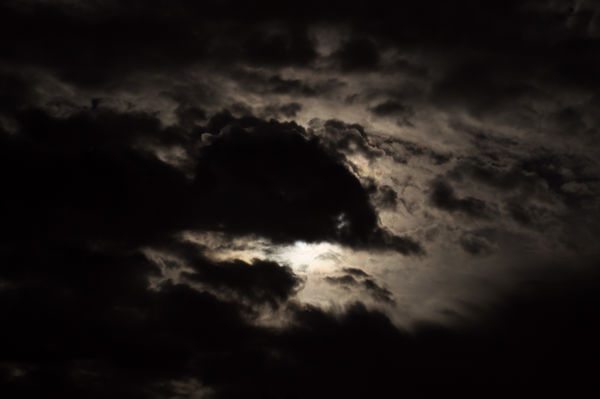
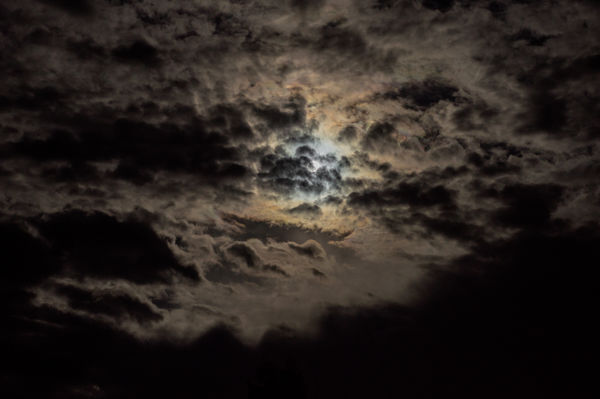
Jun 27, 2018 21:12:24 #
Hal81 wrote:
Here's one of mine from the arcives. Ive seen much better posted by one of our fellow hogs. Just maby they will podt one.
Regarding your image, the full moon is a difficult subject to see detail. The sun is straight overhead to someone standing on the surface of the moon, and there are very few shadows. It may be possible to improve this image with contrast adjust, and particularly with SW packages that offer micro-contrast adjustment which focuses it adjustments on the fine detail.
Here is a not-full moon that has better contrast and detail. This time, no clouds. This was done using a Tamron 150-600mm lens on a crop sensor body for an effective 900mm shot. It has also been cropped. Also, the sky is not completely dark yet, so the moon wasn't quite so overwhelming. There are some tree branches visible to the right.
Jun 27, 2018 21:35:14 #
JimH123 wrote:
I think what you are saying is that you want the m... (show quote)
OK that’s the answer I was looking for because I have taken shots of the moon that quite clear and detailed. I thought there might be a problem between the two subjects and the way they were illuminated. Thank you
Jun 27, 2018 21:38:15 #
JimH123 wrote:
Regarding your image, the full moon is a difficult... (show quote)
Thank you as I have taken shots like yours was just wondering how to combine the two moon and clouds. I thought there might or would be illumination issue as born out by the previous respondedent
Jun 27, 2018 22:15:08 #
dyximan wrote:
Thank you as I have taken shots like yours was just wondering how to combine the two moon and clouds. I thought there might or would be illumination issue as born out by the previous respondedent
I going to now share with you a before and after image of the full moon. The first image is with no adjustments. Note how washed out and lack of contrast. The second image has been sent to DxO Photolab where the contrast, mico-contrast and lighting have been adjusted. Then to Photoshop for additional tweaking. And then to Lightroom to convert to JPEG.
Of interest here is that it takes a LOT of adjustment on the Full Moon to recover detail. It is possible I pushed too hard in this example.
Jun 27, 2018 23:04:19 #
kenievans
Loc: Dallas
I shot this with a Canon T6 and a very cheap 70-300mm lens at F8 ISO 100 SS 125. My very first moon shot back in January.
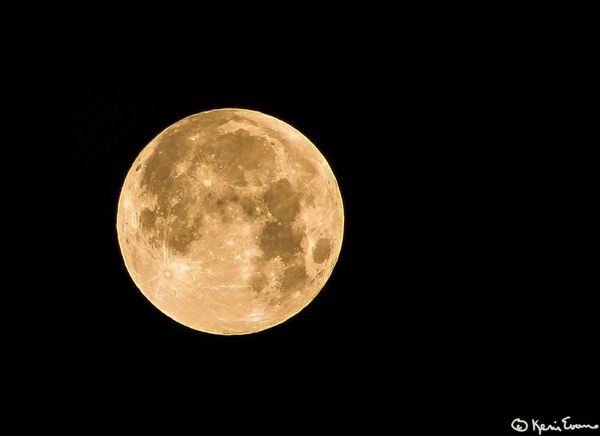
Jun 27, 2018 23:08:32 #
Jun 27, 2018 23:40:17 #
dyximan wrote:
Bingo
Here is a night time cloud picture to show that you can see clouds at night as well as background stars with a short time exposure. This image doesn't have a place to put the moon, but it wouldn't be difficult to plan the cloud picture with a place for the moon. Plus, there are all kinds of clouds, so you can pick the kind you want to use. A good time to do this is when the moon is out and not too high in the sky. And to then shoot in a direction that the moon will be lighting up the bottom on the clouds.
By the way, the SOOC crowd, "Straight Out Of the Camera", doesn't like doing this. Their argument is that a good photographer knows how to set up the camera for any scene, and to take the image as is, as it comes out of the camera. Well to get clouds and the moon in the same picture, with both properly exposed, they are going to be trying for a very long time.
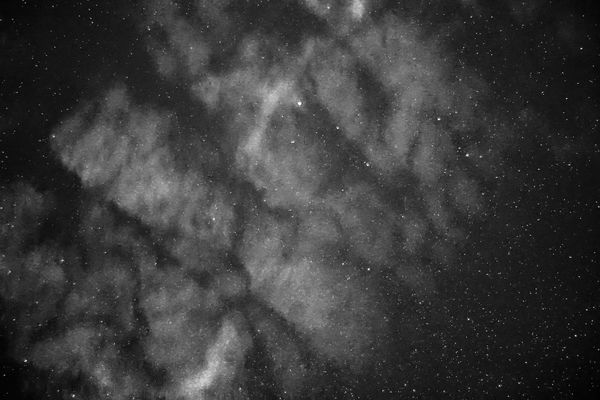
Jun 28, 2018 06:20:34 #
kenievans wrote:
I shot this with a Canon T6 and a very cheap 70-300mm lens at F8 ISO 100 SS 125. My very first moon shot back in January.
I like your shot better than all the others that show all the "nook and crannies" on the moon.
Jun 28, 2018 07:11:57 #
hj
Loc: Florida
Sorry, but I think most of us shooting the moon are after the nooks and crannies. Anyone can get a distant round sphere. Not meaning to disrespect anyone.
traderjohn wrote:
I like your shot better than all the others that show all the "nook and crannies" on the moon.
If you want to reply, then register here. Registration is free and your account is created instantly, so you can post right away.


